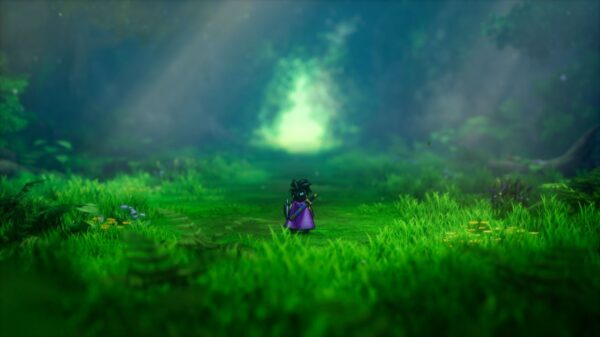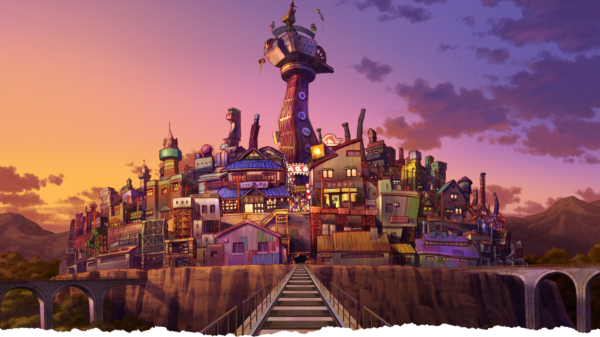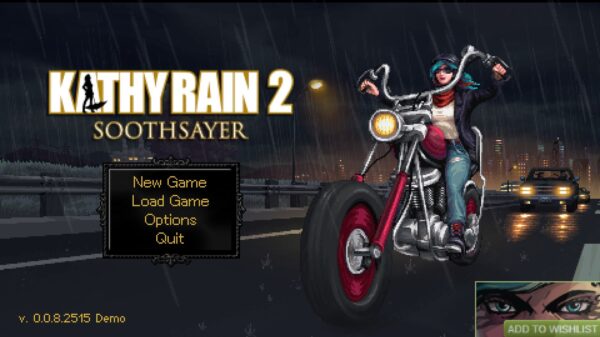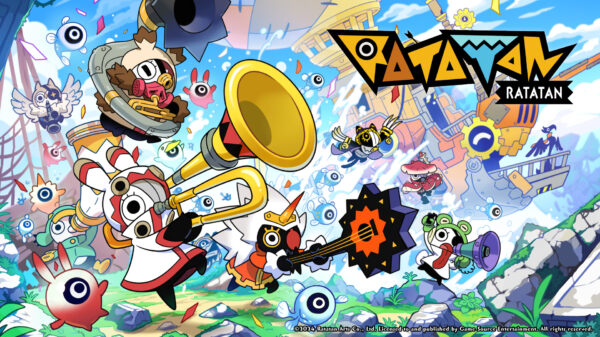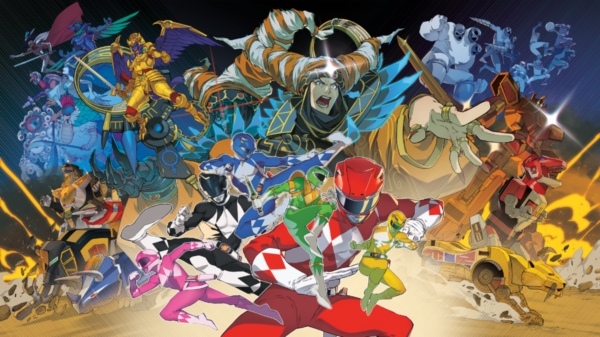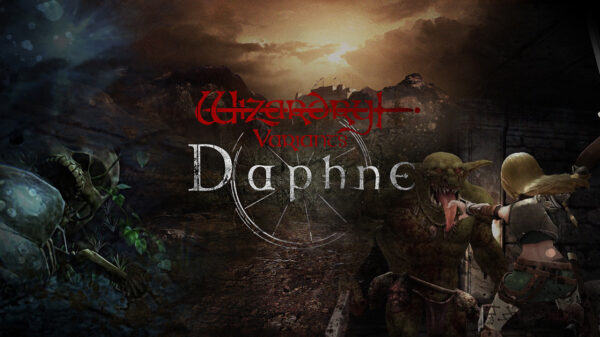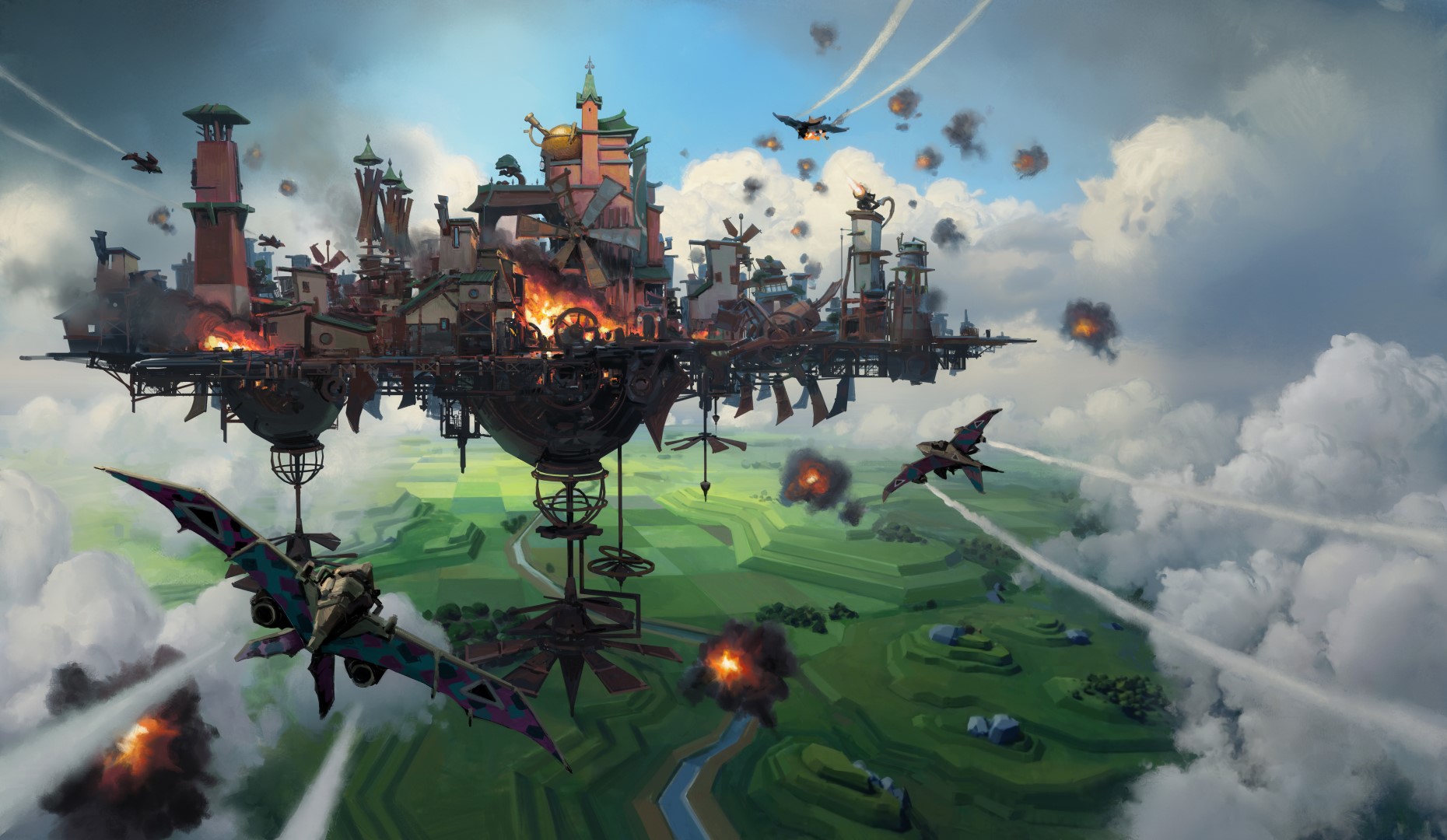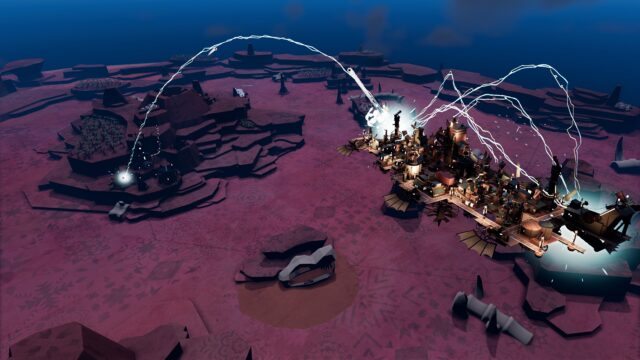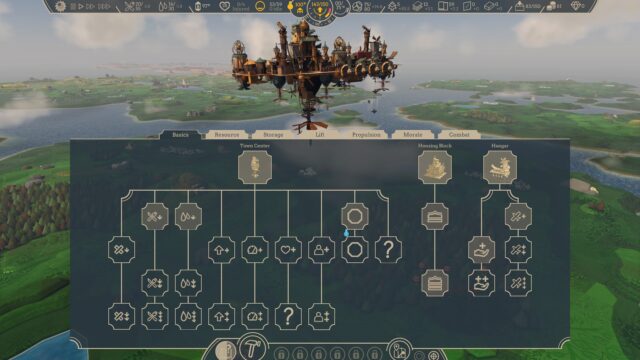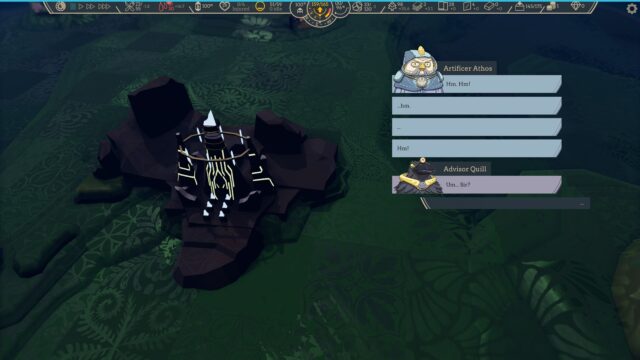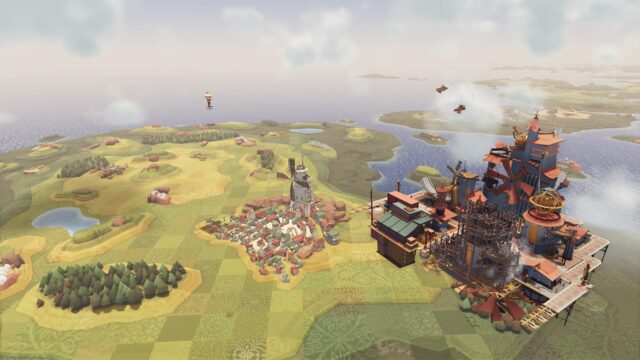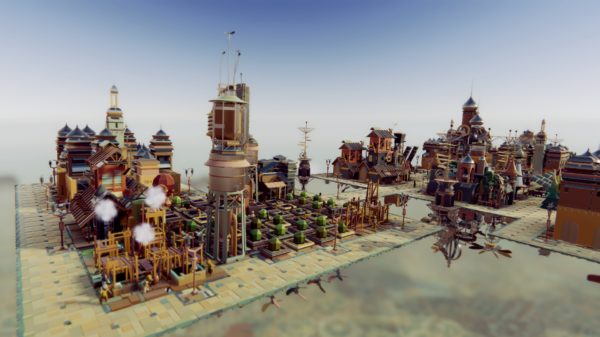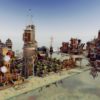We have had city builders and city builders in Egypt and colony sims and survival colony sims on mysterious planets and city builders that turn into empire sims slash regional management and at this point, you’d think the idea is pretty well done to death…and yes, I’m gonna plug my own stuff because I rule. But I have to admit, I have not seen “a city builder/manager, but the city is a flying airship thing and also it can go on RPG-style adventures and is basically an entity of its own and almost a living thing,” kind of like a Howl’s Flying Castle, if you will, if said flying castle yearned to regain its imperial glory.
Airborne Empire is the follow-up to Airborne Kingdom and adds two important features: combat and empire management. Combat comes in the form of air pirates, scurvy air dogs that fly annoying little planes that try to blow up your flying city or, at least, shoot holes in it and make life unpleasant for the denizens of your giant flying steampunk contraption. Actually, your city is mostly coal powered and I’m not sure steam is involved. Please, nerds, don’t fact check me because I don’t care. The empire management means it’s more than just your city at work: eventually, as things get off the metaphorical ground–since your city is flying, ideally, you don’t want it on the ground, unless you are LARPing the Boeing Empire–you will expand your domain and have a much broader focus.
The actual game part is pretty interesting: It’s classic “sending workers to gather resources”…but your town moves, which is to say the entire goddamn town can move around like a giant trundling unit, so you’re not stuck in one place. Instead, if there is a forest you want to go cut down for wood or an ore mine or a lake you want to go get some water from, you fly the entire city over it and send workers down to gather in their little airplanes and they fly down, get some resources, and scoop it up. This also means your focus can be much more varied since you can identify small regions with multiple useful resources and waddle the city over to scoop up lots of stuff at once. Geography is no longer a constraint or, rather, it is, but only in the sense that you can only have your city in a single place at once and your workers can only fly so far from the mothership.
Likewise, the physical constraint of the city builder remains, but in a new way: balance is literally balance. If you get too much weight on one side of the city, it will tilt, which means it goes slower and annoys everyone, since they’ll have to do the John Lennon walk to get to work and get home. Lift is also a concern since if the city gets too heavy, it will start to sink and you’ll need to add more lift fans or other gadgets to keep it in the sky. And light is a concern since walkways need to be lighted or your citizens will plummet off to their untimely demise. So city planning goes from, say, “trying to figure out an effective street grid around this hill and river” to “trying to figure out an effective street grid so my city doesn’t develop a list to the right and everyone doesn’t plummet into the abyss below.”
The RPG-style quests are also fascinating with the “wandering do-gooding city” dynamic. Imagine you needed to build a deck and, suddenly, Dubuque, Iowa hove into view and descended and offered to go to Home Depot for you for wood and nails. The quests aren’t deeply fascinating and lore-rich, we’re not dealing with something like a Mass Effect or the first Dragon Age here, but the dynamics of the gameplay make a fetch quest fascinating.
Since you’re not playing an adventuring party, a simple “hey, go over here and fetch this” takes some planning. Your people need food and water, the city needs coal to run itself, and then you may want some upgrades for things like defenses and storage, and then you need to consider the constraints of the voyage: where do you need to go? Are there resources along the way? It almost feels like setting out in the Age of Discovery, because you’re kind of slow and kind of vulnerable. It’s helpful if you know about resources along the way. Still, there may also be interesting things along the way: ruins with potential resources, settlements to trade in and pick up new workers, new blueprints to research and build, and just plain interesting things to look at.
The world itself…I don’t want to go with cozy because that implies a certain twee cutesiness I find revolting, but it’s gorgeous to look at and a pleasant space to spend time and watching the sunset as your city lumbers into the distance is very nice, the music is relaxing, and the various bird-people you encounter along the way are fun. There are stakes to the game, of course, since pirates will attack and you’ll need to get defenses up to deal with them and keep everyone fed and watered, but it never got to the point I felt either overly screwed or overly grim. I always had an idea of what I needed to do to recover and if I got into a doom loop, it was usually my fault, even in this early stage.




